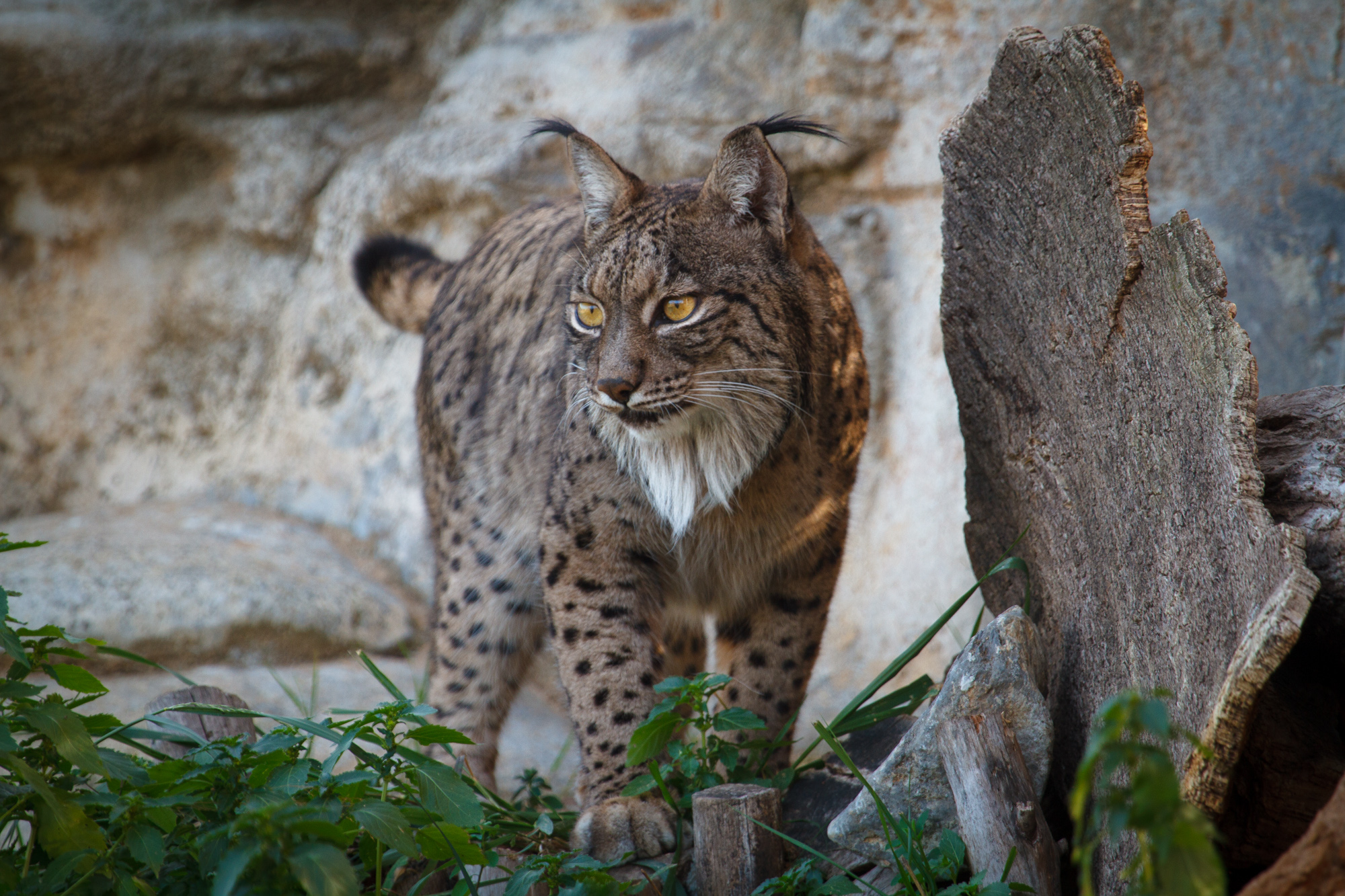An international team led by the Doñana Biological Station – CSIC with researchers from the Complutense University of Madrid has carried out analyses of the whole genome of Iberian and Eurasian lynxes to identify the differences in the deleterious mutation burden between the two species. Some years ago, the Iberian lynx population dwindled to less than 100 individuals, but it has currently propelled to 1100 free-living lynxes thanks to conservation efforts. On the contrary, the Eurasian lynx, with a population that extends from Eastern Asia to Central Europe, is not currently threatened. However, it has recently suffered a generalized decline because of human pressures.
This study addresses a little-studied aspect of genetic erosion in small, isolated populations such as those of the Iberian lynx. Unlike the loss of diversity, which is well documented in many threatened species, this new work provides one of the first estimates of the deleterious mutation burden in an endangered species. Obtaining genetic variation data for the whole genome and the availability of a reference genome for the Iberian lynx have been essential to carry out this work. "With this information, we have been able to quantify the number of deleterious mutations for each individual. We compared species with different demographic histories to find if the smaller populations accumulate more or less than the larger ones", explains José Antonio Godoy, a researcher at the Doñana Biological Station – CSIC.
The conclusions of the study indicate that the Iberian and Eurasian lynx populations have a similar neutral and slightly deleterious mutation burden. However, in the case of severely deleterious mutations, Iberian lynx populations have a smaller burden, just as the scientists expected, according to the population genetics theory. "The deleterious recessive mutations (that is, those where two copies are needed for the defect to be expressed) have more opportunities to be expressed in small populations, thanks to the higher consanguinity. In this case, natural selection removes them faster than in larger populations", explains the researcher.
These findings are important for the conservation of the Iberian lynx as well as many other endangered species. After a sudden population reduction, matings between more related individuals become more common. Species with populations that have been small during their whole history, would be more tolerant to the genetic effects of higher kinship between progenitors than those species with big populations that have become smaller recently, such as that of the Eurasian lynx. For the latter, deleterious mutations are more likely to be expressed after important population declines, since genetic "purging" has not been able to remove them as fast as in the Iberian lynx.
"This does not mean that the recent declines of populations that were historically small, such as those of the Iberian lynx, have no genetic consequences that reduce their future viability. Some of their deleterious mutations increase in frequency and can eventually become fixed, replacing the beneficial mutations in all individuals within a population", explains José Antonio Godoy.
A deleterious mutations catalog to help the conservation of the Iberian lynx
The team has also created a catalog of deleterious mutations in the Iberian lynx. Some of these mutations could be the cause of fertility loss or some genetic diseases that are relatively frequent in this species, such as idiopathic epilepsy or cryptorchidism. New studies will be required to test these associations. In case they are confirmed, the identification of the responsible mutations will help improve the current genetic management of this species, by minimizing the disease incidence without compromising their limited genetic diversity.
This work shows the huge potential for genomics to uncover the genetic consequences of population declines and help in wildlife conservation. "There are still many aspects that we do not know, such as the effects of mutations in non-coding regions or the changes in DNA modifications and their consequences", concludes José Antonio Godoy. Deeper studies in this research line will be needed to further contribute to the recovery of this endangered species.
Reference:
Kleinman-Ruiz, D., M. Lucena-Pérez, B. Villanueva, J. Fernández, A. Saveljev, M. Ratkiewicz, K. Schmidt, N. Galtier, A. García-Dorado and J. A. Godoy (2022). "Purging of deleterious burden in the endangered Iberian lynx." Proceedings of the National Academy of Sciences, 119 (11) e2110614119. https://doi.org/10.1073/pnas.2110614119
Contact:
Communication EBD
outreach@ebd.csic.es









 Las altas temperaturas están provocando que las lagunas y las marismas de Doñana pierdan agua rápidamente
Las altas temperaturas están provocando que las lagunas y las marismas de Doñana pierdan agua rápidamente



